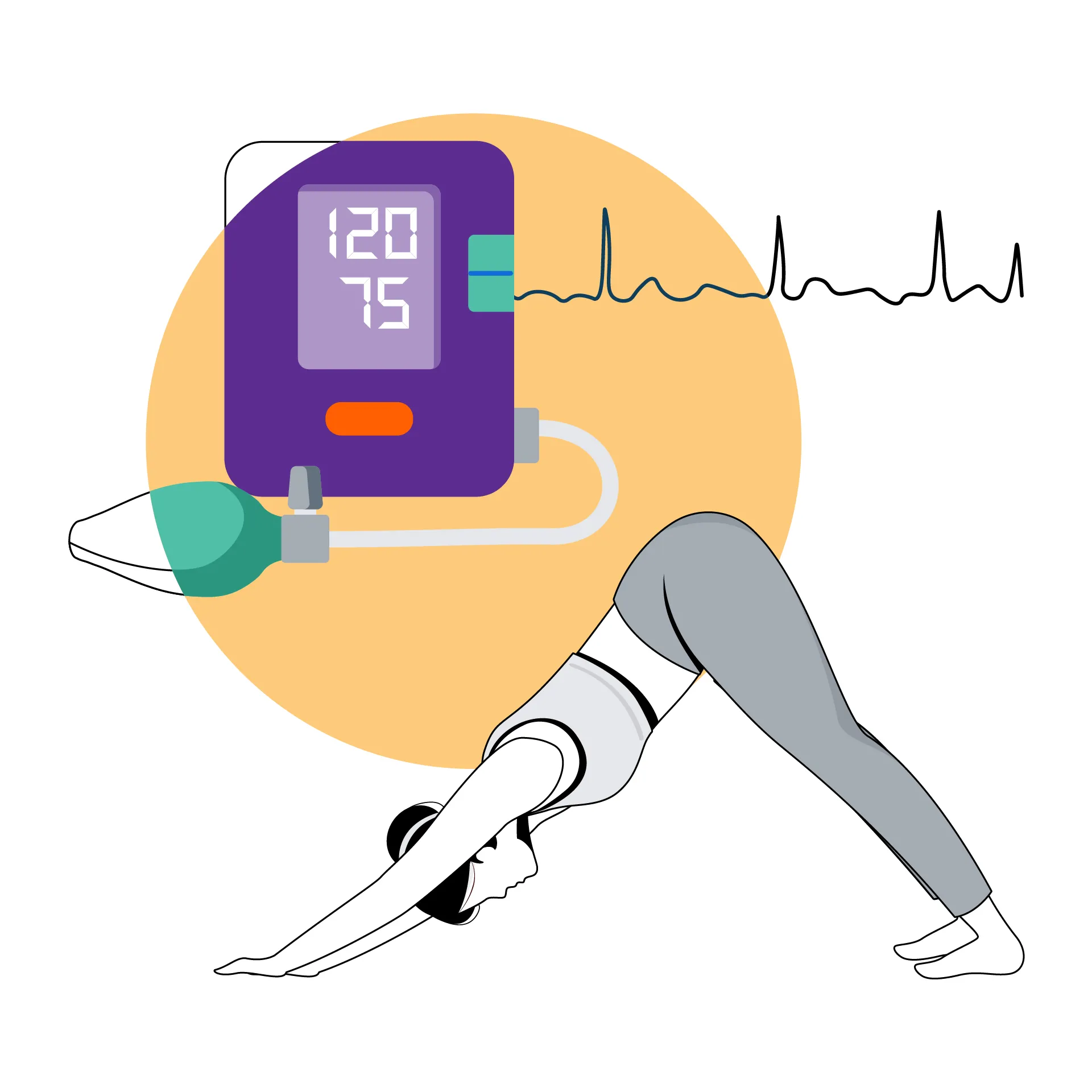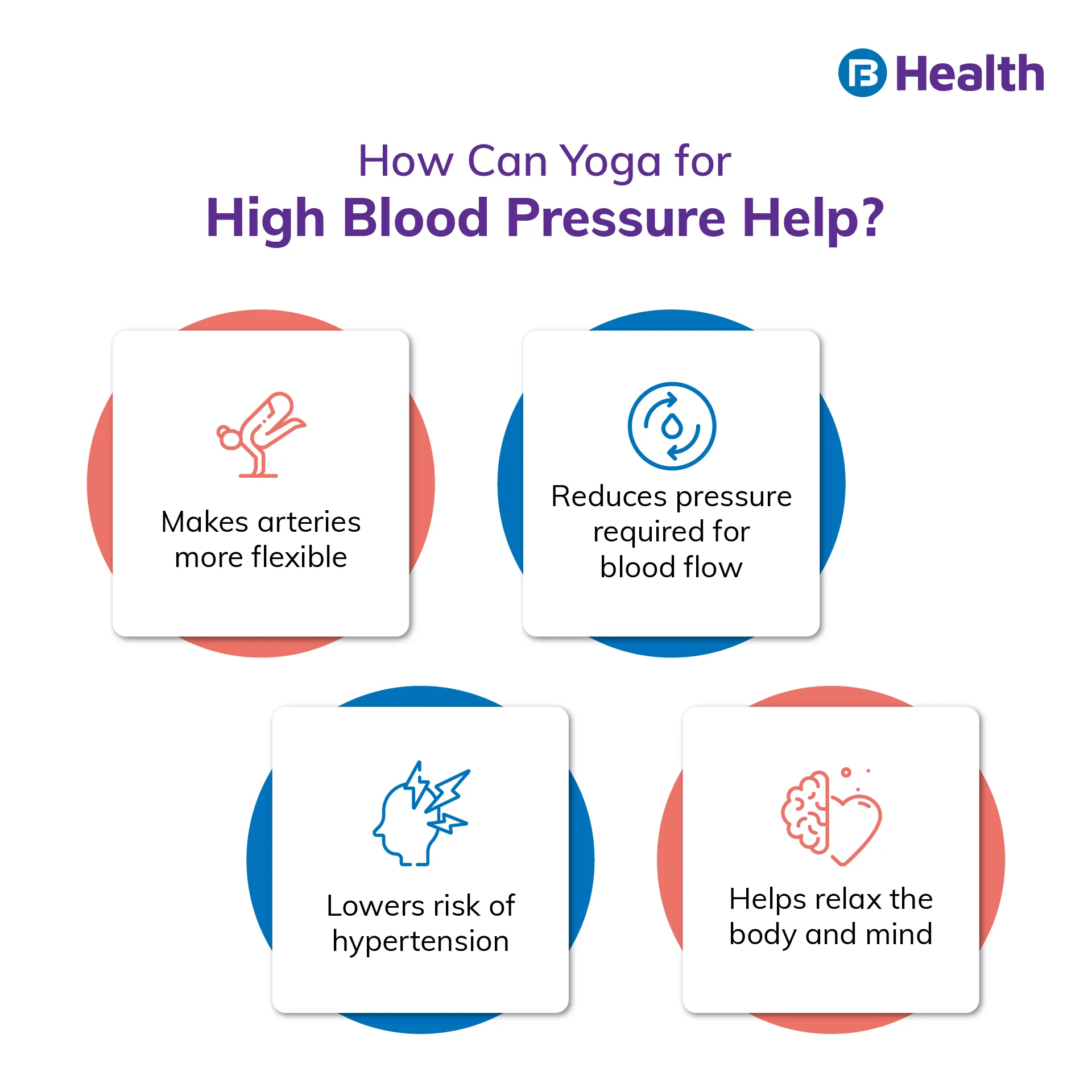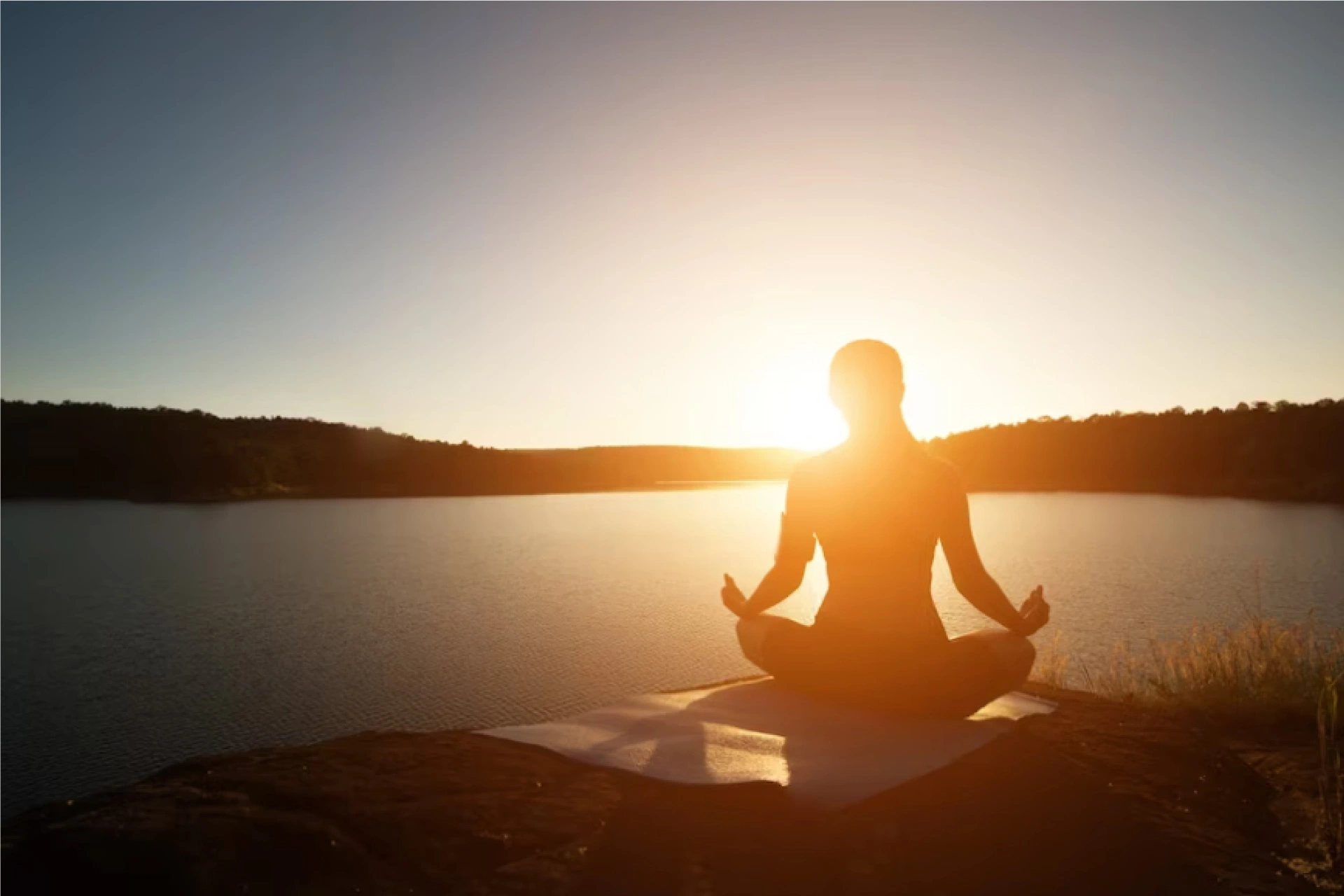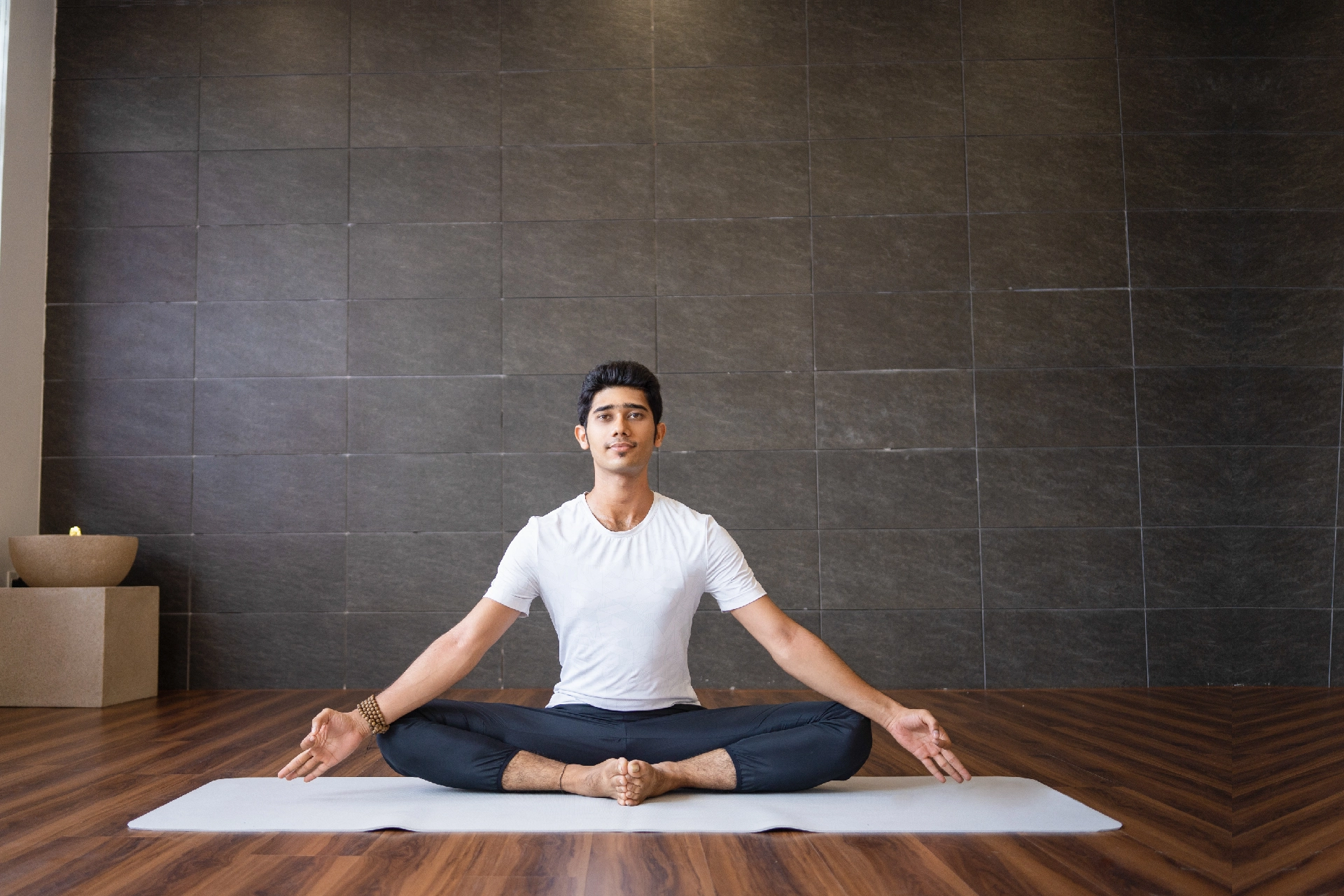Physiotherapist | 7 min read
Yoga for High Blood Pressure: Steps and Benefits
Medically reviewed by
Table of Content
Synopsis
Among the many medications and treatments for high blood pressure, Yoga is a natural way to help increase blood flow, promote relaxation and reduce stress. Try these six yoga poses if you’re looking for a way to lower your blood pressure.
Key Takeaways
- Yoga for high blood pressure and thyroid is known to be highly effective
- Practicing yoga increases antibodies in the body that further strengthens the immune system
- Yoga is also known to reduce stress
Yoga has proven itself as an effective way to lower blood pressure. Studies have shown that Yoga can help to lower both systolic and diastolic blood pressure.[1] Practicing Yoga can make your arteries more flexible, reducing the force required for blood flow and lowering your risk of hypertension. Yoga for high blood pressure works by helping relax the body and mind.
A few different types of Yoga can help lower blood pressure. Hatha yoga is one such type of Yoga that is focused on gentle and slow movements. Vinyasa yoga is another type of Yoga that is focused on flowing movements. Both of these types of Yoga can help to decrease blood pressure.
Best Yoga for High Blood Pressure:
Shishuasana
Shishuasana is a gentle, supported inversion often practiced at the beginning of a yoga class. It is a good starting position for beginners as it helps to lengthen the spine and open the chest. It is beneficial for those suffering from back pain or stiffness. It is also considered Yoga for thyroid treatment, as it relaxes the spine and neck muscles, calming down the overactivity of the thyroid gland.
Steps To Do Shishuasana:
- First, place your hands on your hips and start with a kneeling position.
- Slowly lower your buttocks to your heels while keeping your back straight.
- Once you are in the full Shishuasana position, take a few deep breaths and hold the pose for 30 seconds to 1 minute.
- To release the pose, slowly raise your buttocks back to a kneeling position and then sit on your heels.

Vajrasana
Vajrasana is a sitting pose often used in yoga and meditation practices. This pose is beneficial for those who suffer from high blood pressure, as it helps to regulate breathing and calm the nervous system. To do this pose, sit on your heels with your knees bent and your toes touching. Rest your hands on your thighs and take a few deep breaths. You can hold this pose for as much time as you like, but be sure to listen to your body and only do what is comfortable for you.
Steps To Do Vajrasana:
- Start in a kneeling position with your legs hip-width apart.
- Put both of your hands on your thighs and sit back on your heels.
- Bring your forehead to the ground and rest your hands in your lap or by your sides.
- Stay in this position for 5-10 breaths.
- To release the pose, slowly sit up and come back.
Paschimottanasana
The seated forward bend pose, known as Paschimottanasana, is a great way to help reduce high blood pressure. This Yoga for high blood pressure pose helps calm the mind and nervous system, and it also helps to stretch and open up the chest and shoulders. You can do this pose sitting on the floor with your legs extended straight out in front of you. Then, slowly bend your hips while reaching your hands toward your feet. Stay in this pose for thirty seconds to a minute, and then slowly release it back to an upright position.
Steps To Do Paschimottanasana:
- Sit down and extend your legs straight in front of you.
- Inhale and raise your arms overhead.
- Exhale and fold forward, reaching your hands toward your feet.
- Hold this pose for several breaths, then slowly inhale and come back up to seated.

Corpse Pose
The corpse pose is a highly effective yoga for high blood pressure. The pose is so named because it resembles the posture of a corpse. It is a restorative pose that anyone can practice, regardless of their level of experience with Yoga for high blood pressure.
Steps To Do Corpse Pose:
1. Simply lie on your back on a mat with your arms at your sides and your legs copse together.
2. Focus on your breath by closing your eyes.
3. Allow your body to relax completely and let go of any tension you may be holding.
4. Stay in the pose for at least five minutes or longer if you can.
5. You may feel a sense of peace and calm after doing the pose, and your blood pressure should also be lower.
Sukhasana
Sukhasana, also known as an easy or comfortable pose, is a restorative yoga pose often used to help lower blood pressure. Anyone can practice this pose, a highly effective yoga for high blood pressure.
To perform this pose, simply cross your legs and sit on the ground. If you find this uncomfortable, you can sit on a blanket or block to elevate your hips. Once you're in position, close your eyes and focus on your breath. Inhale and exhale slowly and evenly, letting your mind and body relax. Stay in this pose for as long as you like, and then slowly open your eyes and return to your day.
Steps To Do Sukhasana:
- Start in a comfortable seated position.
- Slowly bring your legs into a cross-legged position.
- Rest your hand.
- Take deep breaths, followed by closing your eyes.
- You can hold the pose as long as you like.
- To exit the pose, slowly open your eyes and uncross your legs.
Baddha konasana
Baddha konasana, or the bridge pose, is Yoga to reduce blood pressure. This pose helps enhance blood flow by opening up the chest and shoulders. It also helps to strengthen the arms and legs, which can help reduce the risk of falls. For people with BP, this Yoga for high blood pressure pose can help reduce stress and tension and can also help improve sleep.
Steps To Do Bhadakonasana:
- Begin in Dandasana; sit down with your legs extended in front of you and your spine nice and tall.
- Place your hands onto the ground next to you, and take a deep breath.
- As you exhale, bend your knees and place your feet on the ground, bringing your heels as close to your pelvis as possible.
- Press your thighs and feet firmly into the ground, and inhale as you lift your hips off the ground.
- Keep your spine nice and straight as you raise your hips, and if you can, bring your heels to your buttocks.
- Hold the pose for some breaths, and then exhale as you release back down to the floor.
Yoga to Boost Immunity
Yoga and Immunity are interlinked; it is well-known that Yoga can have a positive effect on our overall health and well-being. According to recent research, Yoga can help to keep our immune system strong and healthy.[2] It is thought that the combination of physical activity and relaxation that Yoga provides can help to keep our immune system functioning properly. Yoga can also help reduce stress levels, leading to a stronger immune system.
According to a recent study, people who practiced Yoga had higher levels of immune-boosting antibodies than those who didn't.[3] So how does Yoga boost Immunity? It's believed that Yoga's physical and mental benefits help reduce stress levels, which in turn helps boost Immunity. So, if you're looking for ways to strengthen your Immunity, consider adding Yoga to your routine.
Additional read: 5 Yoga Poses and Tips To Build StrengthIf you get injured while performing any yoga poses, call to consult a general physician to help prescribe painkillers and other necessary treatments. By knowing how to diagnose and treat yoga injuries properly, these doctors can help you get back to normal quickly and safely as possible.
Performing these poses as a beginner might lead to injury. And at these hard times during covid, people being safety conscious can avail of online doctor consultation services in order to stay safe and at home.
Yoga for high blood pressure is a great way to prevent and treat high BP. These six poses can help you get started. Maintaining good health is important. But sometimes, we may fall sick and need medical help. That's why Bajaj Finserv Health Insurance is here for you. With our comprehensive health insurance plans, you can get the treatment you need without worrying about finances.
References
- https://pubmed.ncbi.nlm.nih.gov/28384004/
- https://www.psychologytoday.com/us/blog/urban-survival/201802/new-research-how-yoga-boosts-your-immune-system
- https://www.nccih.nih.gov/health/providers/digest/yoga-for-health-science
Disclaimer
Please note that this article is solely meant for informational purposes and Bajaj Finserv Health Limited (“BFHL”) does not shoulder any responsibility of the views/advice/information expressed/given by the writer/reviewer/originator. This article should not be considered as a substitute for any medical advice, diagnosis or treatment. Always consult with your trusted physician/qualified healthcare professional to evaluate your medical condition. The above article has been reviewed by a qualified doctor and BFHL is not responsible for any damages for any information or services provided by any third party.





